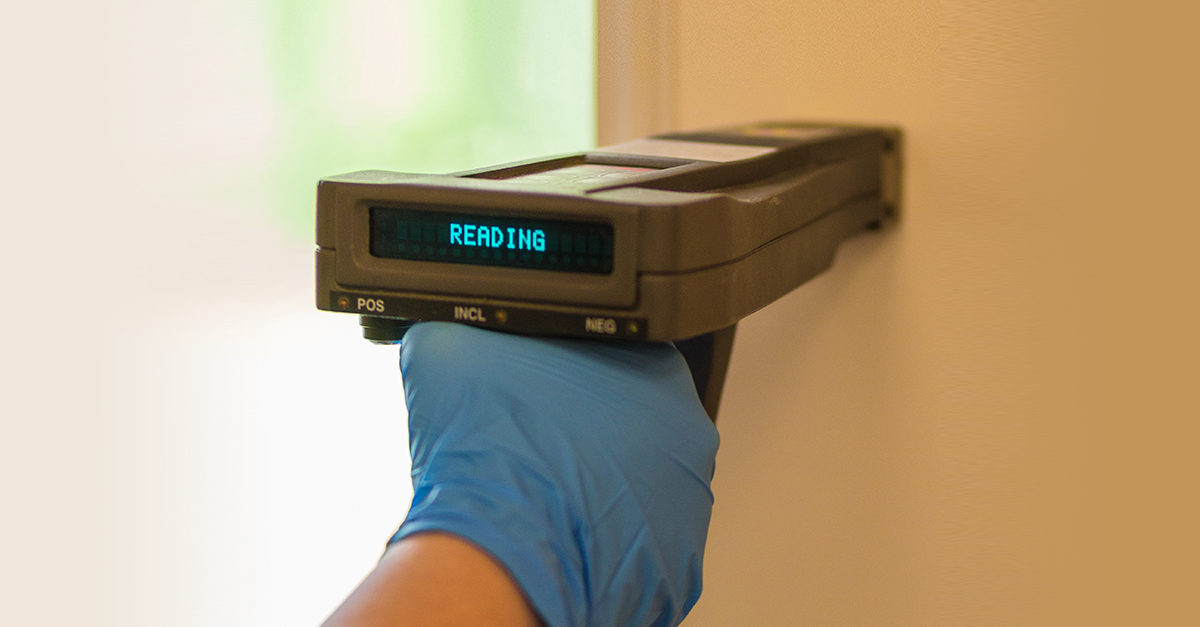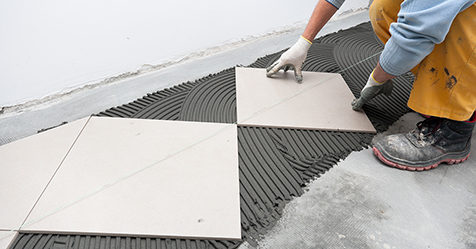The U.S. Environmental Protection Agency’s (EPA) Renovation, Repair, and Painting (RRP) rule has been in effect since April 2010, yet many facility maintenance personnel, general contractors, and even restoration/mitigation providers are still not in compliance with the federal law.
The RRP rule applies to anyone disturbing paint on child-occupied commercial facilities, homes, and apartments built before 1978. It stipulates the facility manager or contractor may test the surface to determine whether it contains lead, or he or she may assume there is lead-based paint present and follow the requirements of the rule.
Facility managers or building service contractors who are dealing with paint-related maintenance in a facility—or just renovating facilities built prior to 1978—will want to familiarize themselves with the RRP regulations impacting their infrastructure.
Regulatory and Certification Requirements
The RRP law was established and is enforced by the EPA; however, the presence of lead in facilities requires adherence to the U.S. Department of Labor’s Occupational Safety and Health Administration (OSHA) requirements as a way to protect employees from harm. Fulfilling the proper requirements may involve additional training, giving workers a baseline lead test, having employees cleared by a physician to wear a respirator, and providing respirator training. Additionally, contractors dealing with this type of work will need to be RRP certified if:
- The job requires disturbing more than 6 square feet of indoor paint or 20 square feet of outdoor paint, or if it involves replacing windows
- The job is part of a typical water-damage project, but in an older property in which drywall, cabinets, baseboards, or any other painted building materials must be removed to complete the drying process and/or to perform mold remediation.
Two separate certifications are required under the RRP rule: individual certification and firm certification. An employee with individual certification (sometimes referred to as a certified renovator) oversees a project and must work for a certified firm.
- Certified renovators: To become a certified renovator, one must complete a one-day training class and pass an exam to obtain certification. This certification is valid for five years; after that, a certified restorer must take a refresher class to extend the certification.
- Certified Firms: Firm certification consists of an online form submitted directly to EPA and generally costs around US$300 for five years. This firm certification is available to companies of all sizes and types including sole proprietors.
Avoiding Citations
One of the most common written citations from the EPA is due to the renovator failing to provide the EPA’s free “Lead-Safe Guide to Renovate Right” (also referred to as “Renovate Right”) publication to the occupant. Although this is considered an administrative infraction, it still carries a potentially heavy fine. Another requirement under the RRP rule is that facility maintenance personnel must utilize lead-safe work practices. Lead-safe practices include use of HEPA vacuums, minimizing lead dust generation, isolating work areas with plastic, and displaying warning signs. There are also cleanup procedures and verification requirements.
As is typical of government-mandated rules, a substantial amount of paperwork is included with RRP compliance. As previously noted, the most common fine issued by the EPA on maintenance contractors is for not handing out the “Renovate Right” publication before starting the job. The contractor must secure written confirmation that it was provided to the facility or homeowner. In addition, the contractor must also post lead warning signs, document lead testing results, maintain training records, and perform a cleaning verification test.
The Cost of Penalties
Unlike other EPA regulations, which carry small fines for compliance failure and have few enforcement personnel, violating the RRP can be quite expensive. EPA’s tiered financial configuration for violating the RRP rule is complicated, but the maximum fine is US$37,500 per violation and possible imprisonment for the company owner. It’s also important to understand that penalties can be assessed up to three years after the job is complete. This is extremely important for building service contractors to note if they are involved with this type of maintenance or restoration work.
Some states have adopted their own versions of the federal RRP law, which means they can make the RRP more stringent than the federal requirements. These states include Alabama, Delaware, Georgia, Iowa, Kansas, Massachusetts, Mississippi, North Carolina, Oklahoma, Oregon, Rhode Island, Utah, Washington, and Wisconsin.
Are You or Your Contractor Up to Code?
Recent estimates found more than 500,000 contractors in the United States have worked on pre-1978 properties that require RRP certification, but less than 20 percent of those contractors are certified. Many contractors are not aware of the law, and others simply ignore it. As far as the EPA is concerned, ignorance is not an excuse.
EPA is stepping up its enforcement actions and targeting companies that are not in compliance, from large renovation contractors to the neighborhood handyman. In some EPA regions, enforcement teams are even focusing on certain types of professionals — including restoration and remediation contractors.
According to EPA enforcement officials, there is a trend of restoration and emergency service contractors using an “emergency exemption” under the RRP rule to circumvent compliance with the regulation. However, according to EPA, if you have time to create an estimate for the restoration services, you are subject to all the RRP requirements.
The Payoff of Record-Keeping
Fines are as likely to be levied for training or recordkeeping violations as they are for work-practice violations. In December 2014, the EPA announced 61 enforcement actions that occurred between February and October. While several of the companies were cited for not following lead-safe practices, many were also fined for lack of training and administration violations, such as not assigning a certified renovator to the job, poor recordkeeping practices, and not providing homeowners the Renovate Right publication. However, the EPA tends to be less aggressive in its enforcement investigations on contractors if they maintain good records and are making an effort to comply with the RRP regulation.
Embracing the RRP regulation can be one way to separate your company from competitors. On projects involving property owners who have never heard of the RRP, education about the rule and the reasons why you need to comply may be necessary. At the end of the day, the goal of the RRP is to ensure the safety of a building’s occupants and workers.



